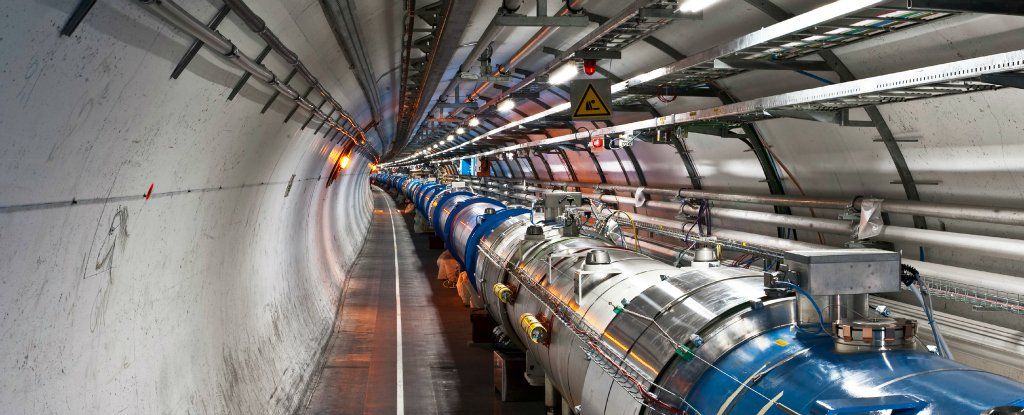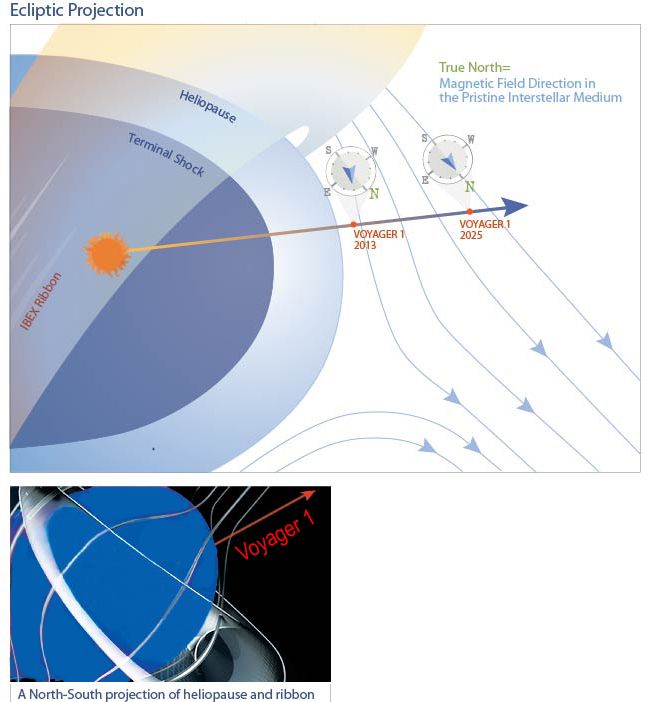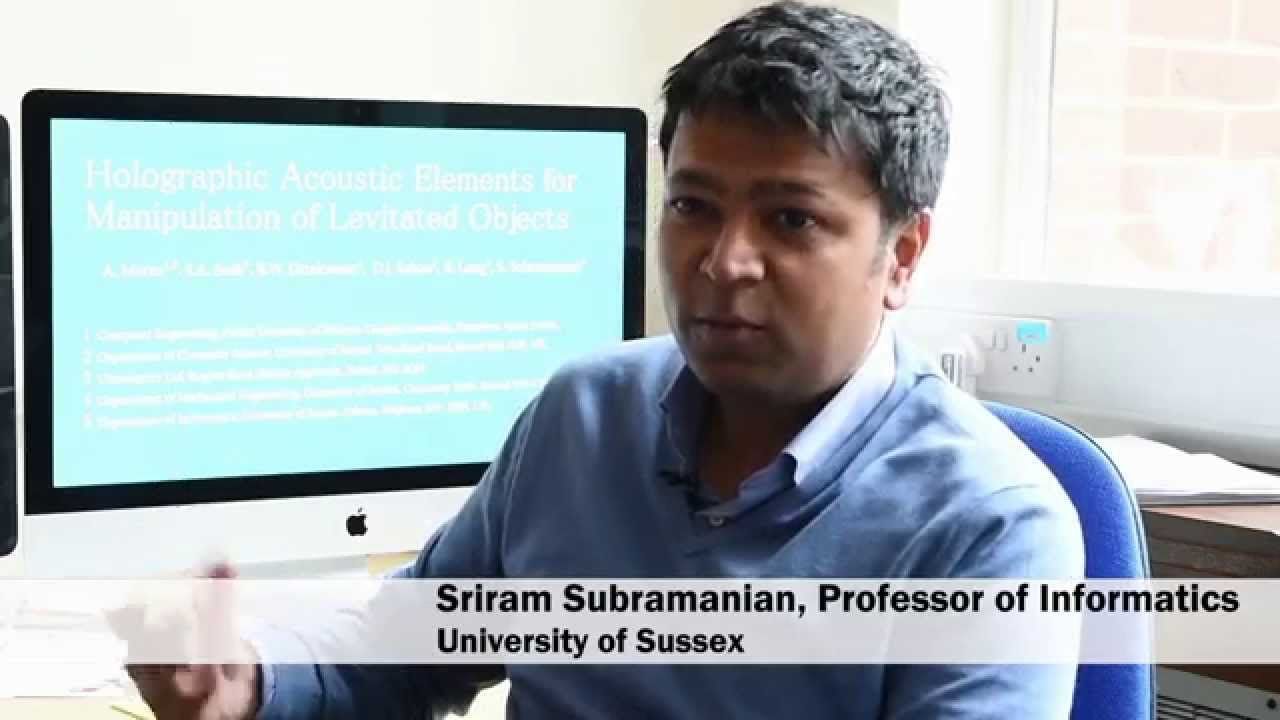Oct 29, 2015
China’s planning to build the world’s largest particle collider, twice the size of the LHC
Posted by Andreas Matt in category: particle physics
China has announced that it will begin construction of the world’s largest particle collider in 2020. According to officials, the subterranean facility will be at least twice the size of the Large Hadron Collider (LHC) in Switzerland, and will endeavour to find out more about the mysterious Higgs boson.
The final concept design won’t be completed until the end of next year, so we don’t have many details to go on, but the collider is expected to smash protons and electrons together at seven times the energy levels of the LHC, generating millions of Higgs bosons in the process. Best of all, the facility will reportedly be available to the entire global scientific community.
“This is a machine for the world and by the world: not a Chinese one,” Wang Yifang, director of the Institute of High Energy Physics at the China Academy of Sciences, told the government-controlled publication, China Daily, this week.

















